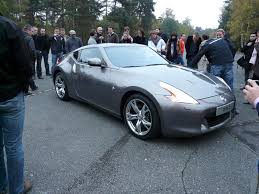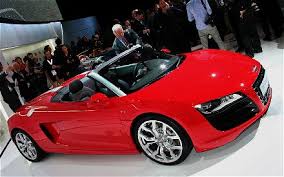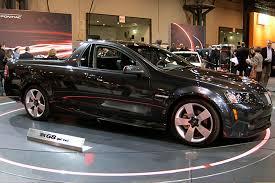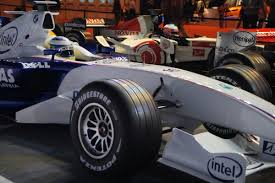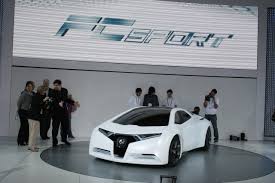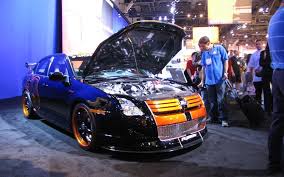Go ahead and blink a few times, because inside the Evora looks like no other Lotus before it. There's carpeting and everything. A nicely stitched leather dash. Plus all those options like sat nav, Bluetooth, and premium audio. Mmmmm, it even smells nice, like a Montana saddle shop. Check out the smart details, too: a dead pedal stuck just where your left foot wants to rest, aluminum climate-control buttons that look good and make sense, a racy flat-bottom steering wheel. When I mention that last touch to vehicle engineering director Roger Becker (who's been at Lotus for more than four decades), he laughs. "Ah! The steering wheel that divided a family!" Turns out Becker's son Matthew, now executive engineer in charge of vehicle dynamics, wanted a conventional round wheel. "That one looks like someone dropped it," says Matt. Sorry, son: We're with Dad on this one.
Lotus has a long history of borrowing from Toyota's parts shelves, and the Evora is no different. In the mid-mounted engine bay sits a version of the twin-cam, 3.5-liter V-6 that also serves in such Toyotas as the Camry and the Venza. A Camry motor in a Lotus? Why, yes -- and, says Paul Birch of Lotus powertrain systems, both automakers are damn proud of that. "Toyota engineers even asked us very politely...'Could you mention that you're using a Toyota engine?'" Birch says. "And we're like, 'Why wouldn't we?'"
As it does with all the hardware it sources, Lotus added its own "sparkle" to the Toyota six, including a new exhaust system. Output is 276 horsepower at 6400 rpm and 258 pound-feet of torque at 4700. "Wait," you may be saying. "Doesn't Toyota also make a more potent, direct-injection version of that engine?" It does -- but the DI motor is set up only for longitudinal applications, and won't fit in the Evora's transverse bay.
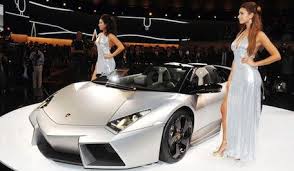
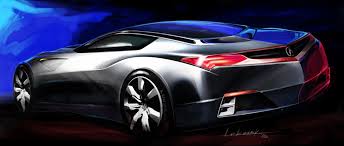
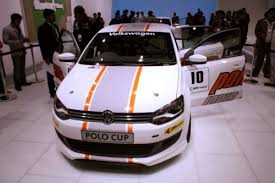
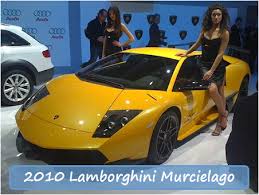





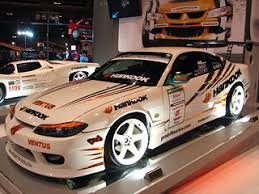
%2BFacelift%2BLaunch.jpg)
